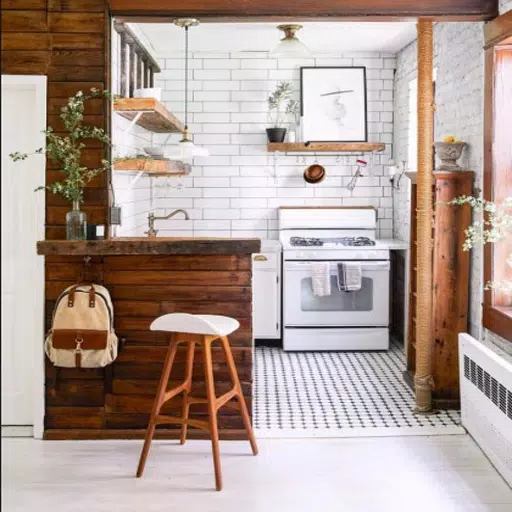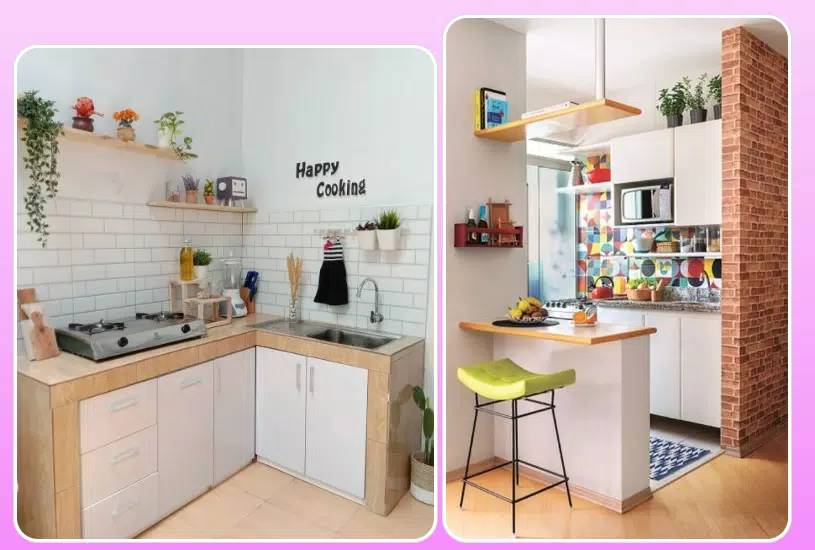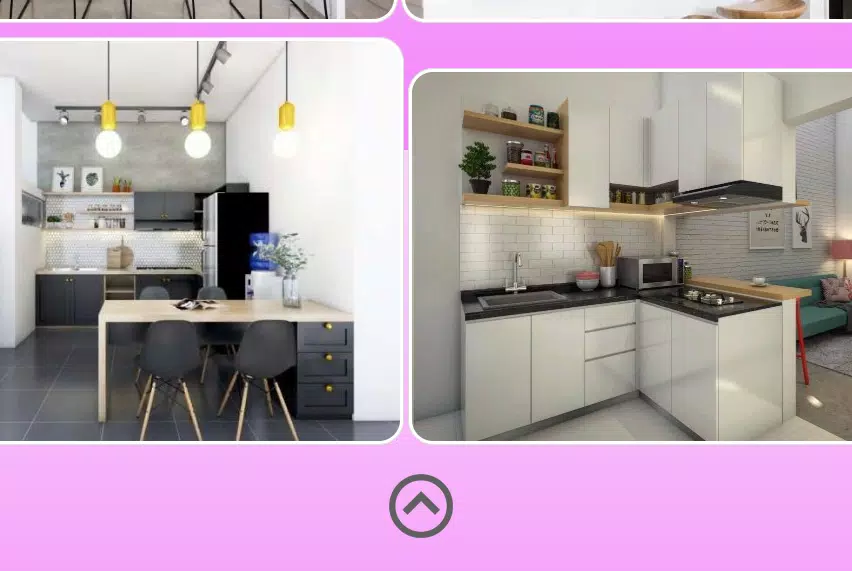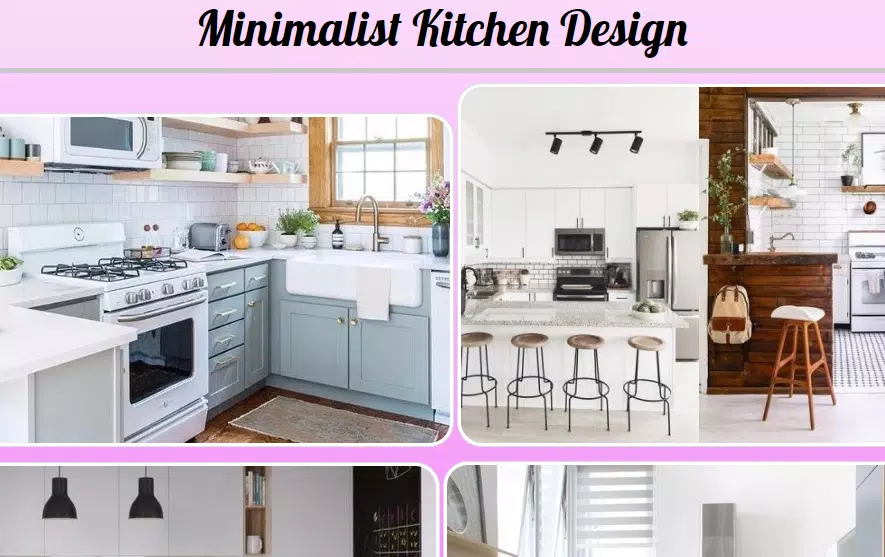The kitchen is a vital space in any home. While aesthetics are important, functionality should never be overlooked—especially in smaller kitchens. A minimalist approach can help maximize both style and usability.
Start with a clean color palette. Stick to neutral tones like whites, grays, or soft beiges. These shades create a sense of openness and make the room feel larger. Combine these with natural materials like light wood or stone for added warmth without clutter.
Choose sleek, handle-less cabinets to maintain a smooth visual flow. Wall-mounted storage is ideal for saving floor space and keeping countertops clear. Open shelves can also be used sparingly to display essential items while adding a modern touch.
Invest in multi-functional furniture. A compact kitchen island on wheels, for instance, can serve as extra prep space, storage, or even a breakfast bar. Select appliances that are both space-saving and built with a cohesive design in mind—preferably with hidden compartments or built-in installations.
Lighting plays a key role in minimalist design. Use recessed ceiling lights or slim pendant lamps for a clean look. Under-cabinet LED strips are perfect for task lighting and add a subtle glow without overwhelming the space.
Lastly, keep decorations minimal. A small potted plant, a simple clock, or a single framed art piece can bring life to the space without making it feel crowded.
With thoughtful planning and smart design choices, even the smallest kitchen can become a stylish and efficient heart of the home.
Screenshot










































